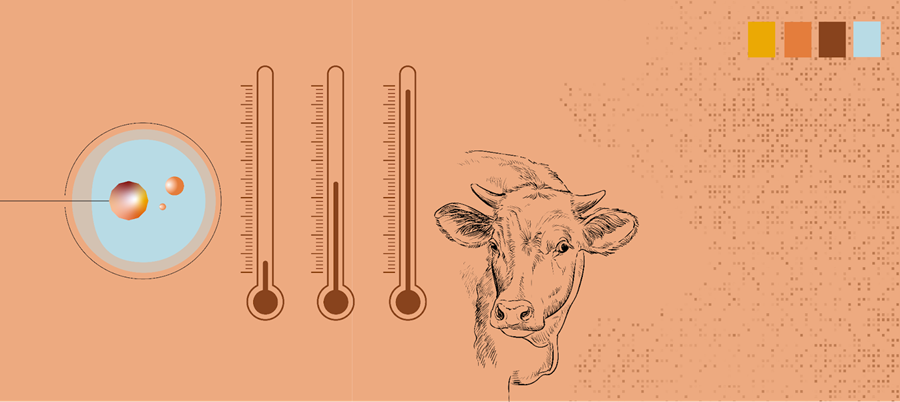
Is a GE heat-tolerant cow a good thing?
The U.S. Food and Drug Administration (FDA) has determined that a genetically engineered (GE) cow poses a low risk and does not raise any safety concerns, making it safe for human consumption. The angus cow (Bos taurus) has been engineered using CRISPR-Cas9 to be more heat-tolerant based on genetic differences identified in other breeds that are either naturally more heat-tolerant or have been cross-bred over time to be better able to thrive in warmer climates.
The heritable trait achieved through the genetic change is shorter hair, known in the industry as a slick haircoat, which reportedly enables the cow to better regulate and tolerate heat. Officially, the cow is known as the PRLR-SLICK cow, referencing both the genetic change and the trait.
The PRLR-SLICK cow was developed by Recombinetics through its subsidiary Acceligen. Recombinetics is the company that also developed the "hornless cow," which was created using TALEN. Although the hornless cow was never submitted to the FDA for a safety review, the agency accidentally discovered that the cow’s genome included remnant bacteria DNA as off-target effects, rendering the animal transgenic (i.e., an organism with the genetic material of more than one species) and subject to more significant regulatory oversight. The project was subsequently put on hold by the developer.
In comparing the genome of the PRLR-SLICK cow to that of its non-engineered parent, both Recombinetics and the FDA identified off-target effects, but the FDA determined that these effects did not pose a safety risk. Thus, the PRLR-SLICK cow has no segregation or labeling requirements. It is anticipated that meat from these animals could enter the U.S. food supply chain in about 2 years.
The FDA’s determination represents the agency’s first decision for an intentional genomic alteration (IGA) in an animal for food use under the extended Enforcement Discretion Policy, which was enacted to allow the agency to have more discretion in the enforcement of specific safety rules outlined in the 2011 Food Safety Modernization Act (FSMA). According to Steven M. Solomon, Director of the FDA’s Center for Veterinary Medicine, one of the goals is to “encourage other developers to bring animal biotechnology products forward for the FDA’s risk determination in this rapidly developing field, paving the way for animals containing low-risk IGAs to more efficiently reach the marketplace.”
The Non-GMO Project’s Standard defines all crops and products developed using biotechnology, including new gene-editing techniques, as GMOs. We share this information to further one of the Project’s primary goals of creating greater transparency in the supply chain, ensuring you have the information you need to make the best choices for you, your brand, and your family.
Please note that the information herein is for general informational purposes only and is based on the linked sources above.
